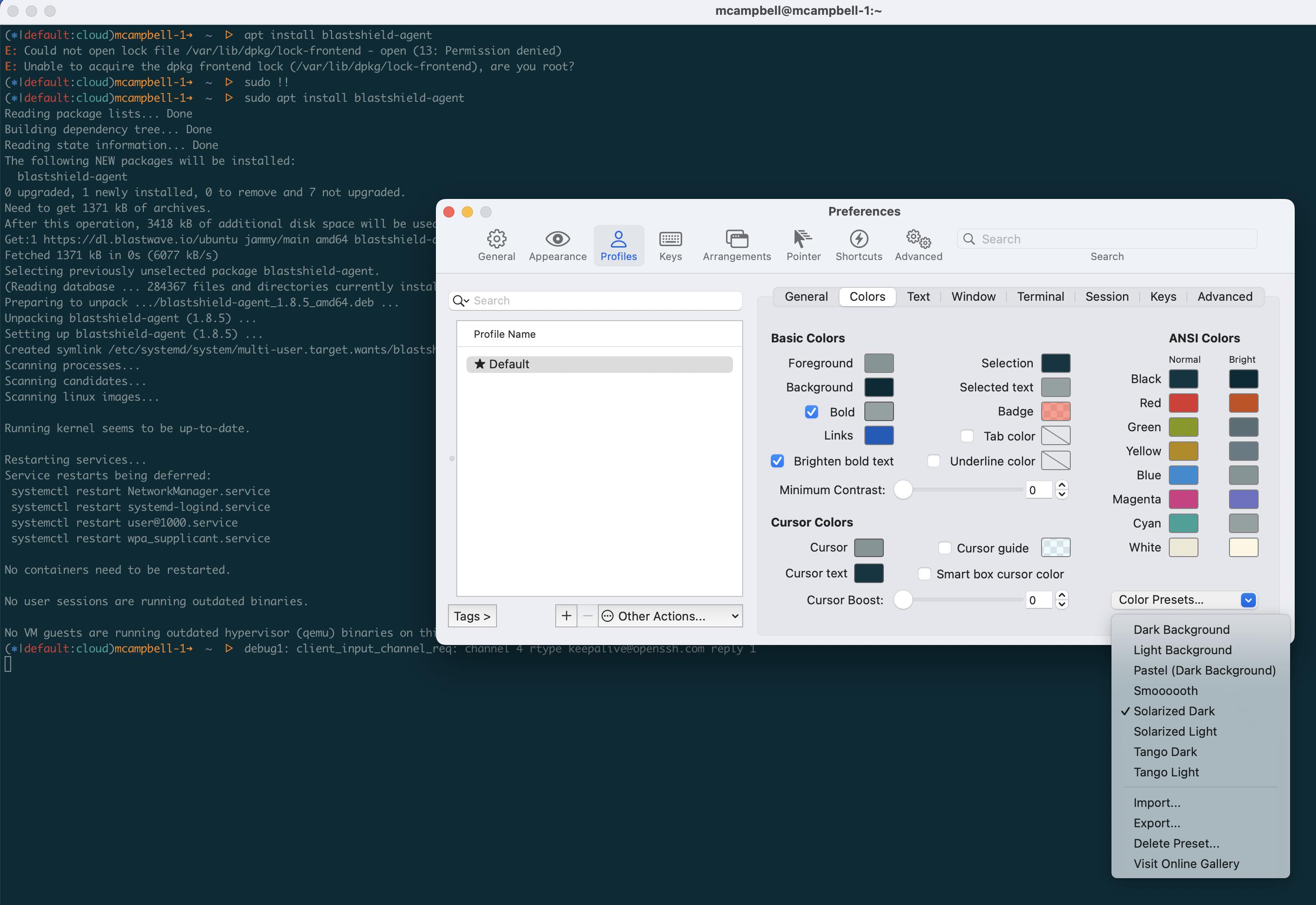You have to do two things:
- set the
LSCOLORS environment variable
- create an alias for
ls so that it shows colors by default
If you are using Zsh - starting with Catalina it's the default shell, see MacOs Terminal zsh - cannot use ansi. Otherwise for Bash edit ~/.bash_profile and add the following:
export LSCOLORS="EHfxcxdxBxegecabagacad"
alias ls='ls -lGH' <-----This shows in list format, follow symlinks colorized
The the colors are set by each bit above; the first being foreground and the second being background. The first two characters refer to directories having a bold blue foreground and a light grey background.
However, there's a great online utility to see what each of the colors mean and look like in real time. It will even generate the "code" for you. (I am not affiliated with this at all). It will work in both MacOS/FreeBSD and Linux. Make sure you select the BSD option for macOS.
LSCOLORS Calculator
The order of the attributes are as follows:
1. directory
2. symbolic link
3. socket
4. pipe
5. executable
6. block special
7. character special
8. executable with setuid bit set
9. executable with setgid bit set
10. directory writable to others, with sticky bit
11. directory writable to others, without sticky
The color designators are as follows:
a black
b red
c green
d brown
e blue
f magenta
g cyan
h light grey
A bold black, usually shows up as dark grey
B bold red
C bold green
D bold brown, usually shows up as yellow
E bold blue
F bold magenta
G bold cyan
H bold light grey; looks like bright white
x default foreground or background


